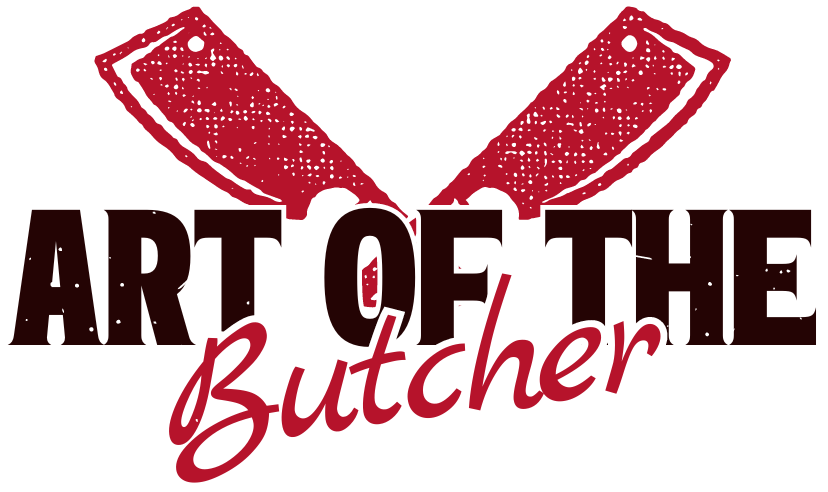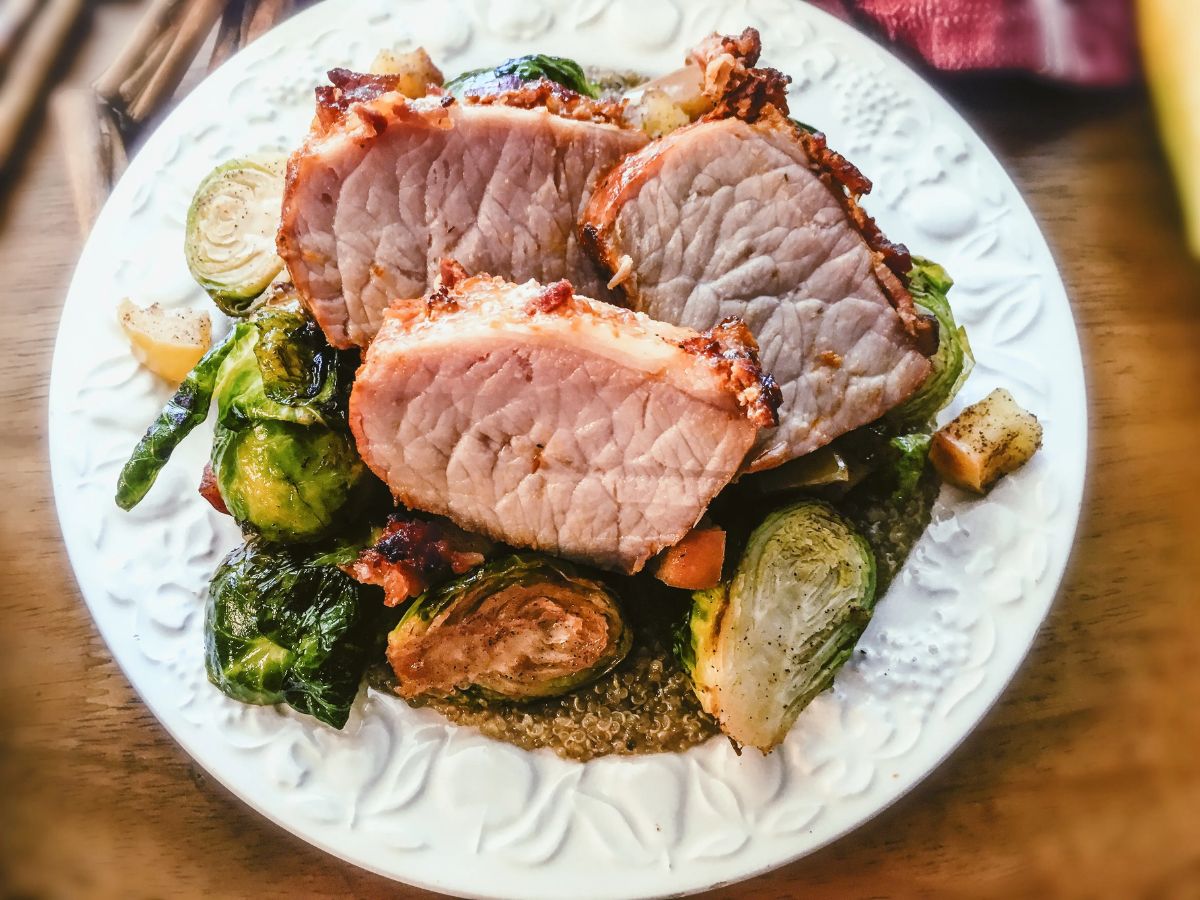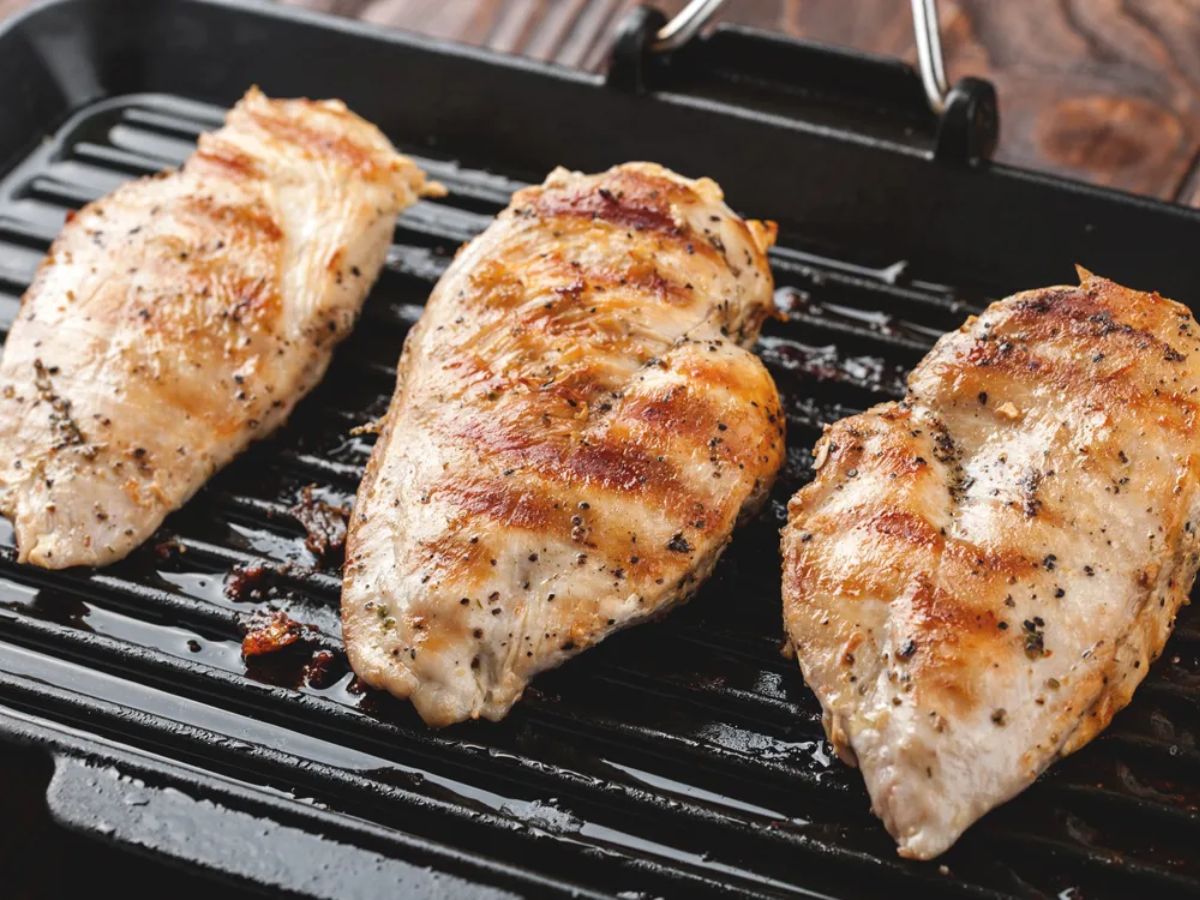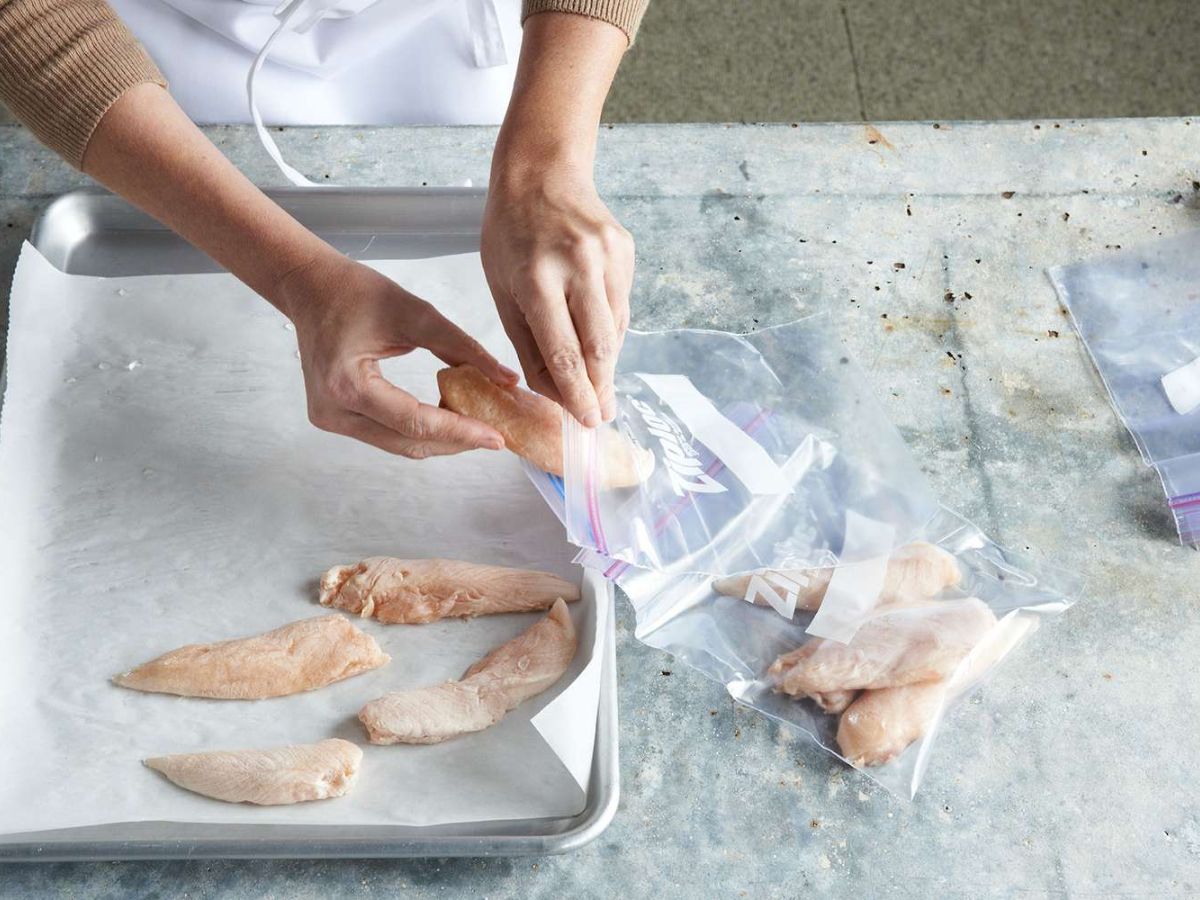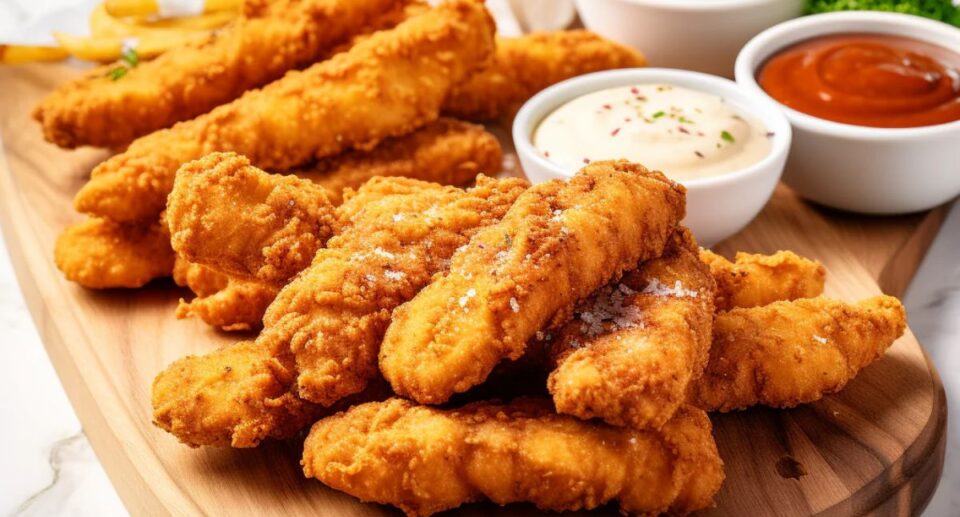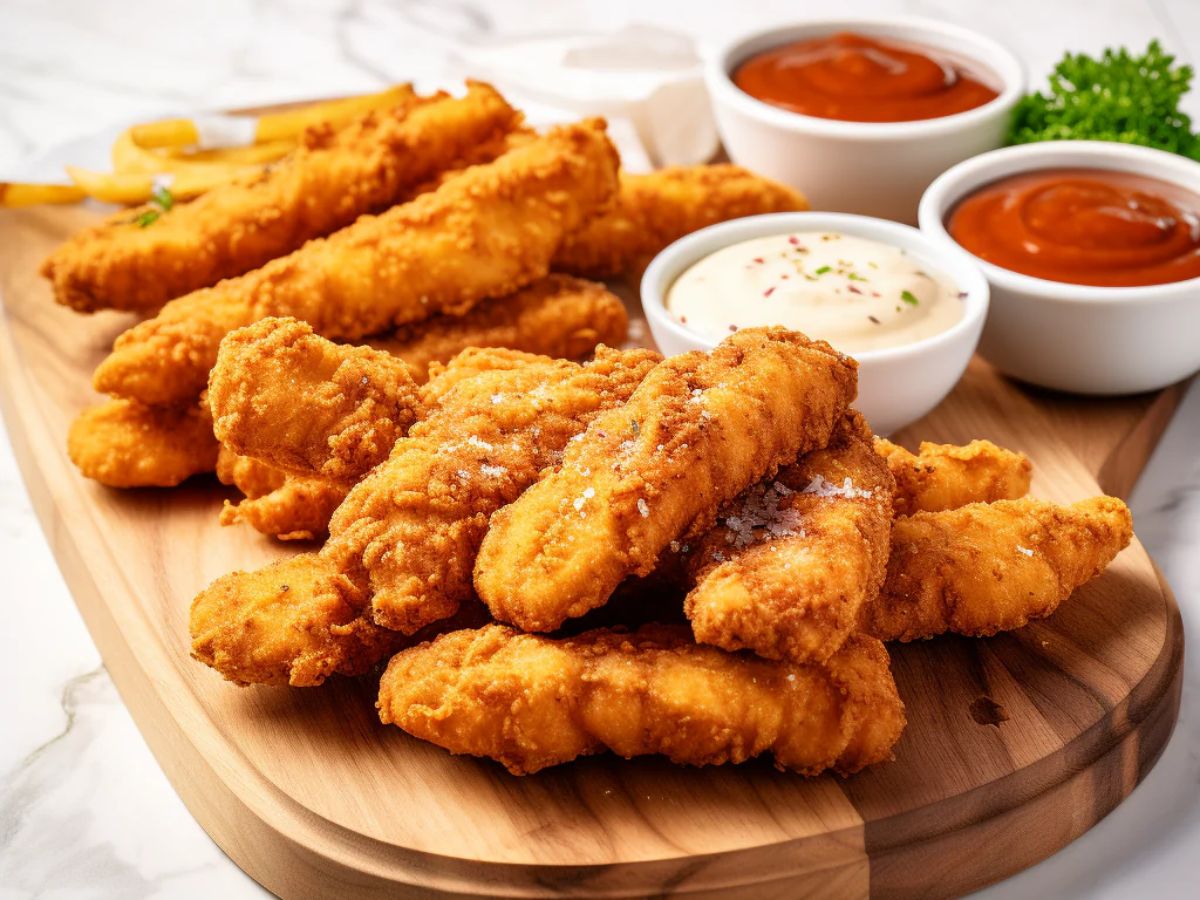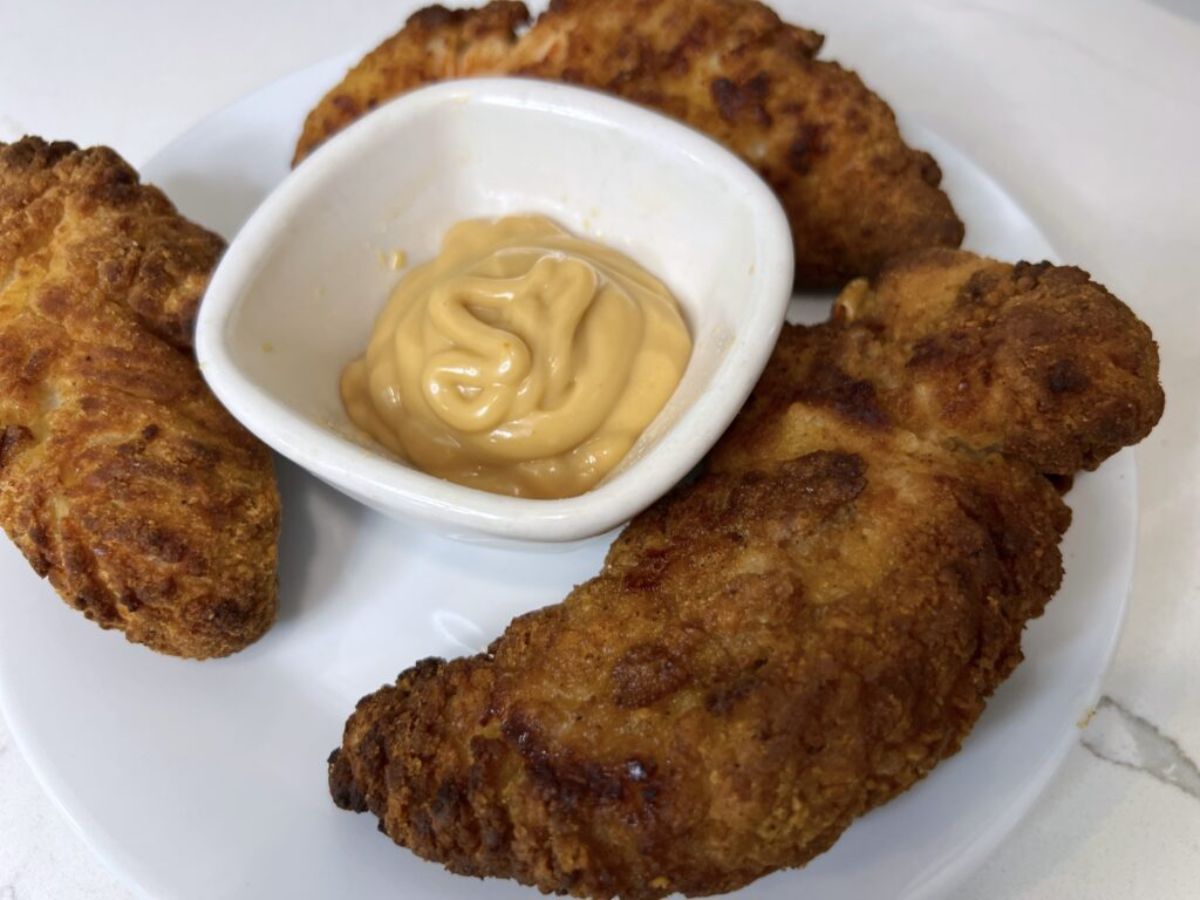Can Dogs Have Pork Butt Bones? Safe and Unsafe Pork Bones for Dogs!
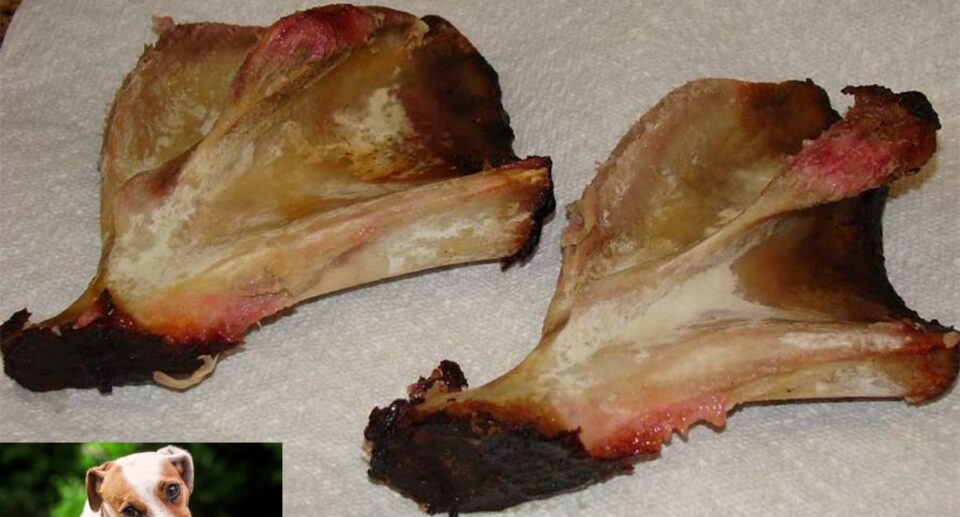
Of course! Even though the saying goes “give a dog a bone,” be careful about what kind of bone you give your pet. There are many kinds of bones that are safe for dogs, and this piece will help you choose the best one for your dog. Let’s get down to business and talk about safe and good things for your dog to chew on!
Can Dogs Have Pork Butt Bones?
Most of the time, you shouldn’t give your dog pork butt bones or any other cooked bones. Pork bones and other cooked bones can break apart and split, which can be dangerous for dogs and hurt their digestive system. Dogs can also get pancreatitis from eating pork butt because it is high in fat. It’s better to give your dog chew toys or bones that have been specially made and are safe for them to eat. If you’re not sure what treats are safe for your dog, you should always talk to your vet in advance.
What Kinds of Pork Bones Are Safe for Dogs?
For your canine companion, pork bones come in two main varieties, each offering unique benefits:
-
Raw Meaty Bones: These are perfect for a raw food diet. They are soft enough that your dog could chew on them and then swallow them whole. If you eat these bones raw, they give you important nutrients.
-
Recreational Bones: These bigger bones are made to be fun and rewarding to chew on. They’re too big for your dog to swallow whole, but they will have hours of fun with them and their teeth will stay clean and strong.
Here are the guidelines:
Looking to spoil your furry friend with a tasty and enriching treat? Look no further than pork bones! But before you toss them a leftover bone, here’s the key: raw meaty bones are best for meals, while flat bones are ideal for recreational chewing.
- Raw Meaty Meals: Integrate raw meaty bones into your dog’s meals for a complete and nutritious treat. Choose softer bones from young animals, like necks, tails, and feet, that your dog can chew up and swallow entirely. These bones provide essential nutrients from the meat and bone itself.
- Recreational Chewing Fun: For long-lasting enjoyment and healthy teeth cleaning, opt for flat bones. These softer options are gentler on your dog’s teeth and contain less marrow, preventing loose stools. Look for flat bones from the spine, ribs, pelvis, or shoulder area, avoiding long leg or wing bones.
- Choosing the Best Bones: If possible, source bones from young, organically raised, grass-fed animals. This ensures the highest quality and safety for your dog.
- Be Mindful of Moderation: While bones are a great treat, too much can lead to constipation. Keep an eye on your dog’s stool – if it appears powdery white and crumbly, it’s time to cut back on the bones.
Remember When in doubt, consult your veterinarian for personalized recommendations based on your dog’s specific needs. With these tips, you can provide your dog with safe and satisfying chews they’ll love!
What Type of Pork Bones Are Not Safe for Dogs?
While pork bones can be a delightful treat for your dog, some types pose a health risk. Here’s what to avoid:
Sharp and Fragile Bones:
- Chunks and Sharp Edges: Avoid bones with sharp edges or small pieces that can puncture your dog’s digestive system or become choking hazards. Steer clear of sawn-up bones, pork chops bones, or neck bones – these often have dangerous edges.
- Cooked Bones: Never offer cooked pork bones, including commercially smoked varieties. Cooking dries them out, making them prone to splintering and creating sharp fragments that can injure your dog internally. Resist the urge to share leftover BBQ ribs!
Weight-Bearing and Brittle Bones:
- Weight-Bearing Bones: Large, hard bones like femurs can cause broken teeth, although the cartilage on the ends is beneficial for joint health. Consider safer alternatives for your dog’s dental wellbeing.
- Old Bones: As bones dry out, they become brittle and splinter more easily. Discard any bone that appears dry, even if your dog seems attached to it.
Bones from Older Animals:
- Toxins in Bones: Bones from older animals may contain accumulated toxins. Opt for pork bones from younger animals whenever possible.
Remember If your dog experiences bloating, hunched posture, vomiting attempts, or bloody stools after eating a bone, seek immediate veterinary attention – these could be signs of a blockage requiring emergency care. By understanding these guidelines, you can keep your furry friend safe while enjoying delicious and enriching pork bone treats.
Can Dogs Have Pork Neck Bones?
Pork neck bones can be offered as an occasional treat or part of a balanced raw food diet. Be mindful of your dog’s overall caloric intake and adjust their regular meals accordingly. When introducing any new food, start small and monitor their reaction.
Final Words
This article discusses the safe and healthy options for dogs to chew on. It advises against giving dogs pork butt bones or cooked bones, as they can splinter, pose a choking hazard, and cause damage to the digestive tract. Instead, provide specially prepared and monitored chew toys or bones. Pork bones come in two types: raw meaty bones, suitable for a raw food diet, and recreational bones, ideal for chewing. To ensure the best quality and safety, source bones from young, organically raised, grass-fed animals. Moderation is key, as too much can lead to constipation. Pork neck bones can be offered as an occasional treat or part of a balanced raw food diet, but should be adjusted based on the dog’s caloric intake.
